On the science of achieving your goals.
Did you ever look up the stats on gym goers? Everyone signs up in January but what happens by July? 80% have stopped going and half have deleted their membership……until next Jan of course ! 😂
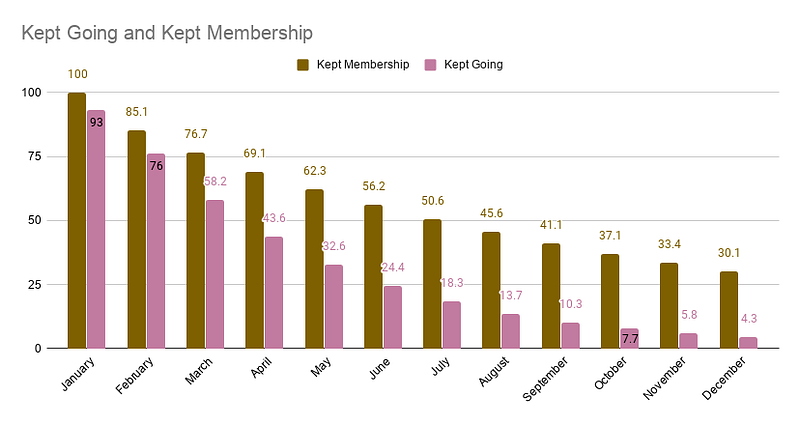
Of 5,313 American gym members found that 63% of memberships go completely unused and 82% of gym members go to the gym less than 1 time per week
It’s the same with any exercise subscription, like Peloton, you pay up front whilst enthusiasm is high and quickly give up, leaving the spin bike gathering dust and rust (but still paying $40 per month!!)
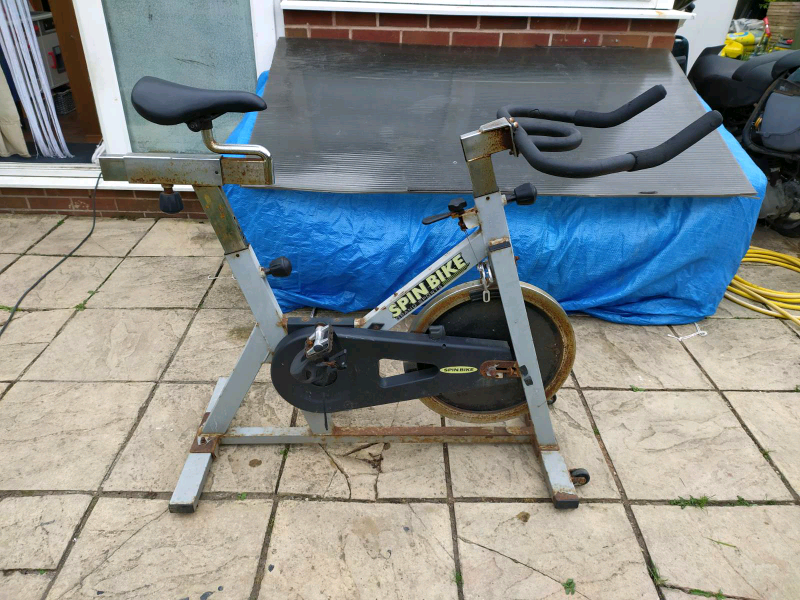
You don’t want to let you training follow the same path, that’s why I use the term training readiness.
Time for FTP test? Ready!
Time for hill climb? Ready!
Time for Zwift? Ready!
Time for Cake? Born ready!!
How To Improve Training Readiness
There is no big secret here. Keep you bike in good condition, tyres pumped, computer, lights and gears (if electronic) charged. Keep your kit clean, shoes and helmet at hand. Essentially keep you kit ready in order to be ready to train.
What about indoors? Keep a bike on the trainer (where possible), keep zwift updated.
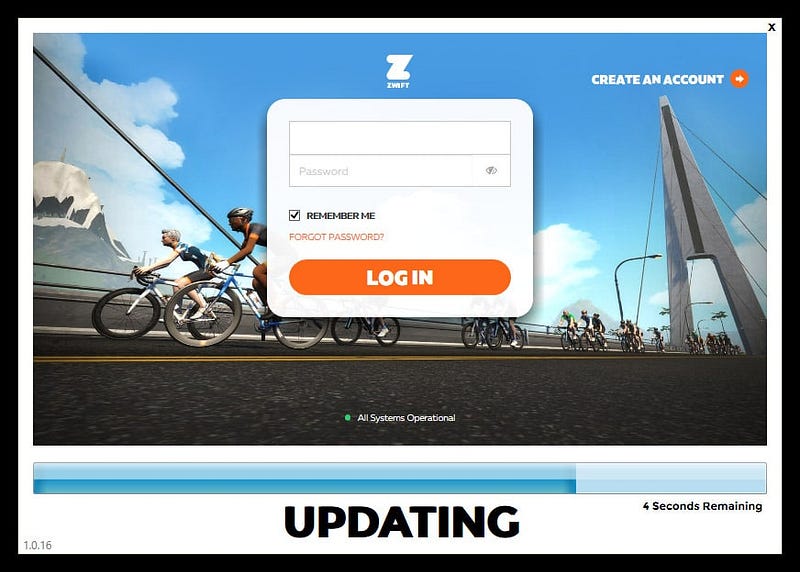
No joke, I have missed more than 10 zwift events due to lack of preparedness and time. Leaving 5 mins before the event to get connected is just not enough. It takes about 10 mins in my experience, to connect, log-in, sync sensors, get the right course and get the right bike
Staying in Good Shape
Training readiness applies to staying fit and injury free in general. Some tips are
- Don’t do crazy workouts outside of your ability (apart from maybe once per year!)
- Try and avoid injuries
- Plan regular rest periods
- Don’t ramp up your intensity (TSS) too much too soon
How To Improve Long Term Motivation
Let’s also talk about how to improve engagement in the long term, and avoid a fall off in your training frequency.
- Set realistic targets, not too easy not too hard.
- Set short term goals and some long term goals eg Complete 4 hour sportive in four months, Set 20min power PR in one month.
- Get into a regular routine
- If you miss one training session (unplanned) always train the next day
- If you feel unmotivated, have a back up activity which is somewhat different eg zwift session eg spin bike eg gym workout eg treadmill eg outdoor run.
- Train with others occasionally or regularly, that could be your own friends, zwift friends or a local club.
- Announce your goals to someone whose opinion you value.
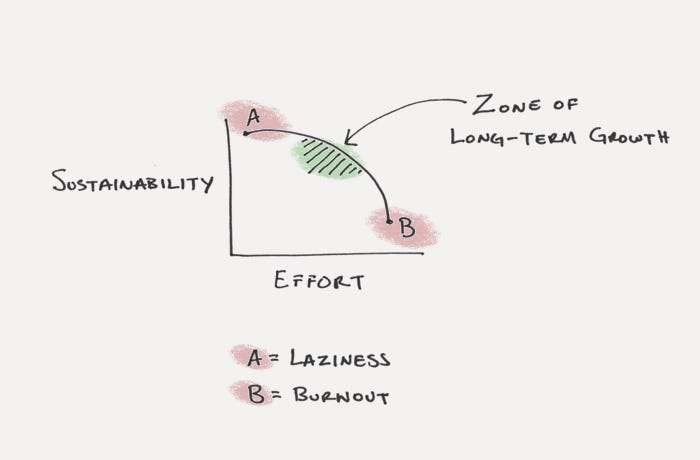

What Will Increase Chances of Achieving Your Goals?
A 1979 interview study of Harvard business school graduates found:
84% had no specific goals at all.
13% had goals but they were not committed to paper.
3% had clear, written goals and plans to accomplish them.
A study conducted by Dr. Gail Matthews at Dominican University looked at 267 participants divided into five groups eg goals but no plan but those that did best had well-defined goals and plans of action, then sent these to a supportive friend, together with weekly progress reports.
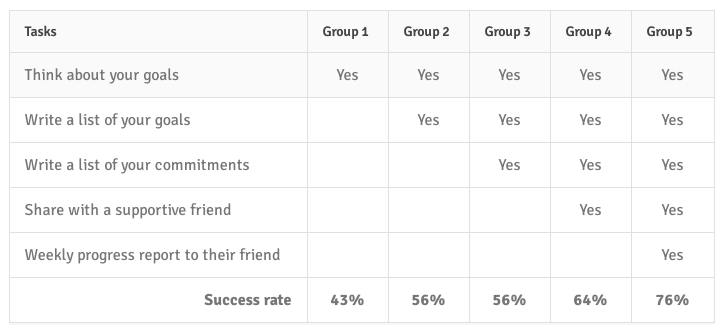
Lesson 1, writing down your goals helps you to organise yourself around your commitments
Lesson 2, making a announcement of your goals to your coach or a friend
Lesson 3, having someone hold you accountable will help to motivate you to get something done.
Summary
Most goals are not realistic and not achieved when motivation fades out. Think of these as a broken promise to yourself. Your goal will help you but keep it in check. When you break realistic goal, you only let yourself down.

Further Reading
Goals that work free ebook
On motivation science
